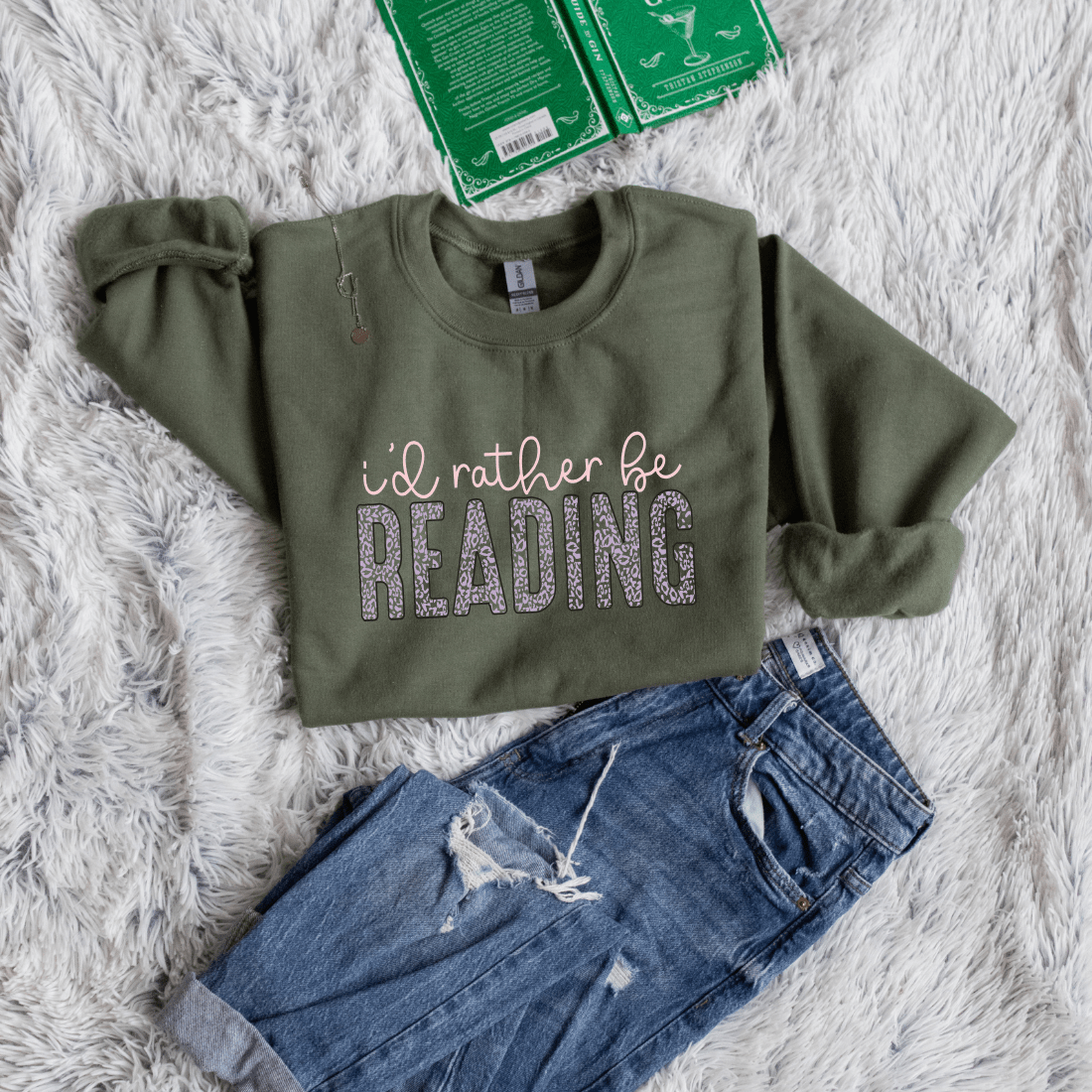
Books That Are Better the Second Time Around – A Case for Re-Reads
Table of content
- 1. Key Takeaways
- 2. Why the Second Pass Feels Richer
- 3. How Life Experience Re‑Colors a Story
- 4. Re‑Reads Inside a Book Club
- 5. Which Genres Shine Brightest on Re‑Read?
- 6. 5. Making a Re‑Read Feel Fresh
- 7. Emotional Comfort and Mental Health
- 8. Busting the “Re‑Reading Is Lazy” Myth
- 9. Ten Re‑Read Champions to Add Back to Your Shelf
Key Takeaways
- Re‑reads books reveal hidden layers you skipped when you raced through the plot the first time.
- Life changes your reading lens; the same story hits differently at sixteen, thirty, or sixty.
- Familiar pages calm the brain, making re‑reading a proven stress‑relief habit.
- Book‑club re‑reads spark deeper talk because everyone comes in already knowing what happens.
- Most genres benefit—especially mystery, fantasy, and literary fiction.
- Switching format (audiobook ↔ print) keeps a re‑read fresh.
- Annotating and journaling turn a second pass into an active learning tool.
- Re‑reading is not “wasting time”; it reinforces memory, empathy, and critical‑thinking skills.
Why the Second Pass Feels Richer
Your first read is survival mode: Who’s who? What’s happening? The second time your brain is safe; it hunts for clues instead of plot. You notice an off‑hand comment in chapter one that foreshadows the twist in chapter twenty. You see metaphors that were invisible under the rush of turning pages. In short, re‑reads books move you from “What happens?” to “Why does it matter?”
Key points in action
- Foreshadowing: Little details in The Book Thief or Rebecca glow once you know the ending.
- Symbolism: Colors in The Great Gatsby feel louder when you recognise their meaning.
- Language play: Slow down and roll sentences around in your head; the rhythm pops.
Scientific support: a 2017 paper in Memory & Cognition found that re‑readers store story events more accurately and draw richer inferences.
Related deep‑dive on pace: Reading Rituals That Help You Unwind and Focus
How Life Experience Re‑Colors a Story
Time passes; you change; the text stays still—yet feels new. At sixteen I rolled my eyes at Jane Eyre’s stubborn morals. After my first corporate job, her fight for dignity rang true. Grief makes A Man Called Ove weep harder. Parenthood turns Harry Potter into a tale of sacrifice rather than magic tricks.
Why this happens:
| Life Event | Fresh Lens on Old Pages |
| Graduation | Coming‑of‑age plots feel urgent |
| Heartbreak | Romance arcs sting sweeter |
| New city | Travel memoirs resonate |
| Aging parent | Stories of caretaking cut deep |
Neurologists call it experience‑dependent plasticity—your brain’s wiring shifts with each milestone.² A familiar novel becomes a mirror for the upgraded you. More on the brain‑book link: How Your Brain Develops While Reading
Re‑Reads Inside a Book Club
Choosing a book everyone already knows levels the field. Nobody worries about spoilers; instead you debate motives, themes, even author intent.
Practical tips for club leaders:
- Send reflection prompts early. Try these engaging book‑club questions.
- Switch formats. Half the group can listen on audio; half can annotate paper.
- Add a creative twist. Design a playlist, cook a recipe, or map the story world.
Result? Conversation shifts from “Did you like it?” to “How did it shape you this time?”—and that’s where community bonds grow.
Which Genres Shine Brightest on Re‑Read?
Some stories beg for a second ride because their architecture hides in plain sight.
| Genre | Re‑Read Payoff | Why It Works |
| Mystery/Thriller | ★★★★☆ | Clues leap out when you know the culprit. |
| Fantasy / Sci‑Fi | ★★★★☆ | World‑building layers become clear. |
| Literary Fiction | ★★★★★ | Dense themes benefit from slow chewing. |
| Memoir | ★★★☆☆ | You catch the narrator’s hindsight voice. |
| Romance | ★★☆☆☆ | Character‑driven titles work; formula plots may not. |
Need titles? Our Fall & Winter Book Recommendations list tags novels with high re‑read value.
5. Making a Re‑Read Feel Fresh
A second trip need not be a carbon copy.
- Change format: Listen to the audiobook for tone cues.
- Annotate: Highlight new insights; compare colours with round one.
- Timeline shuffle: Read chapters out of order for experimental fun.
- Buddy system: Swap thoughts chapter‑by‑chapter in chat.
Time‑saving hacks: squeeze pages during commutes using these daily reading tips.
Emotional Comfort and Mental Health
Familiar tales lower anxiety because there’s no ambiguity. Psychologists call it cognitive ease—your brain relaxes when it recognises patterns. That’s why many readers return to Pride and Prejudice during stressful weeks.
- Predictability: You brace for sad scenes and savour happy ones.
- Safe space: Reunite with beloved characters; it’s literary self‑care.
- Mood regulator: Studies show rereading favourite fiction raises serotonin.³
For extra calm, pair your novel with the breathing exercises in Books That Help with Stress Relief and Relaxation.
Busting the “Re‑Reading Is Lazy” Myth
Critics say you should expand horizons, not repeat. Yet repetition is how mastery forms—athletes replay drills; musicians rehearse bars. Reading is no different.
Benefits proven in research
- Memory consolidation: Revisiting strengthens neural pathways.
- Critical thinking: Knowing outcomes frees you to analyse craft.
- Language fluency: Re‑encountering vocabulary cements it.
A 2021 review in Educational Psychology Review notes significant gains in comprehension for students who re‑read.⁴ So ignore the guilt; you’re training your mind.
Ten Re‑Read Champions to Add Back to Your Shelf
| # | Title & Author | Re‑Read Hook |
| 1 | To Kill a Mockingbird – Harper Lee | Grows with your sense of justice. |
| 2 | 1984 – George Orwell | More chilling as tech evolves. |
| 3 | The Secret History – Donna Tartt | Reverse‑engineer the perfect crime. |
| 4 | Pride and Prejudice – Jane Austen | Wit gets sharper each visit. |
| 5 | The Little Prince – Antoine de Saint‑Exupéry | Childlike wonder to adult wisdom. |
| 6 | Circe – Madeline Miller | Myth retelling rich in foreshadowing. |
| 7 | Gone Girl – Gillian Flynn | Early red flags scream on re‑read. |
| 8 | The Book Thief – Markus Zusak | Narrator cues feel clever, not cryptic. |
| 9 | The Hobbit – J.R.R. Tolkien | Noticing lore hints for LOTR. |
| 10 | Beloved – Toni Morrison | Layers of trauma and healing unfold. |
Compare your favourites with our broader list of Classic Books You Should Definitely Own.
Is it okay to re‑read instead of tackling my TBR pile?
Yes. Re‑reading reinforces skills and joy; balance is personal.Yes. Re‑reading reinforces skills and joy; balance is personal.
How soon is “too soon” to re‑read?
Give yourself at least a season if you want fresh eyes, but no strict rule exists.
Do audiobooks count as a re‑read?
Absolutely. A different medium highlights tone, pacing, and character voice.
Will the twist still thrill me?
The surprise is gone, but suspense shifts to appreciating how the author built it.
Can re‑reading help with language learning?
Yes. Familiar plots free mental energy for vocabulary absorption.







